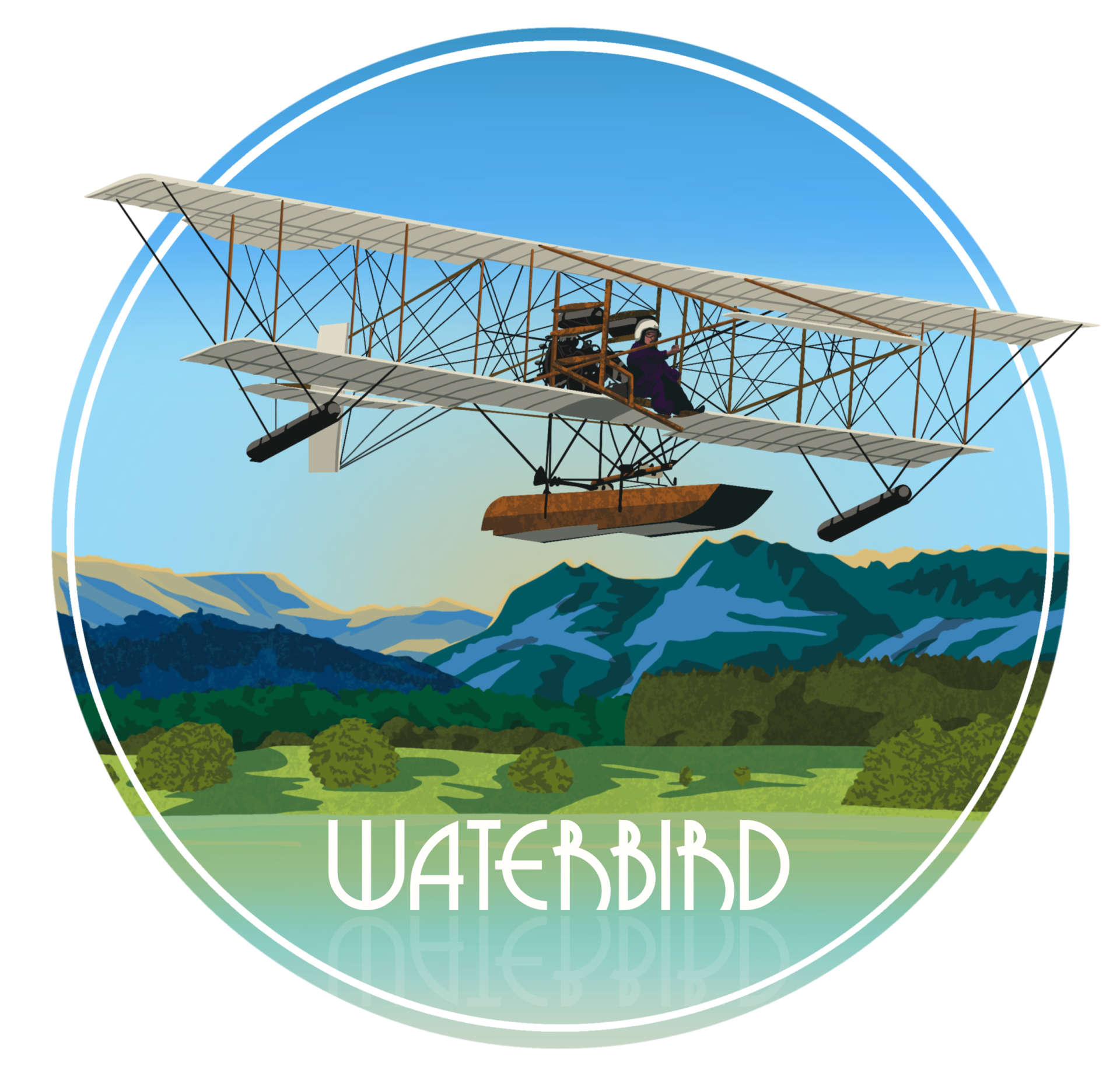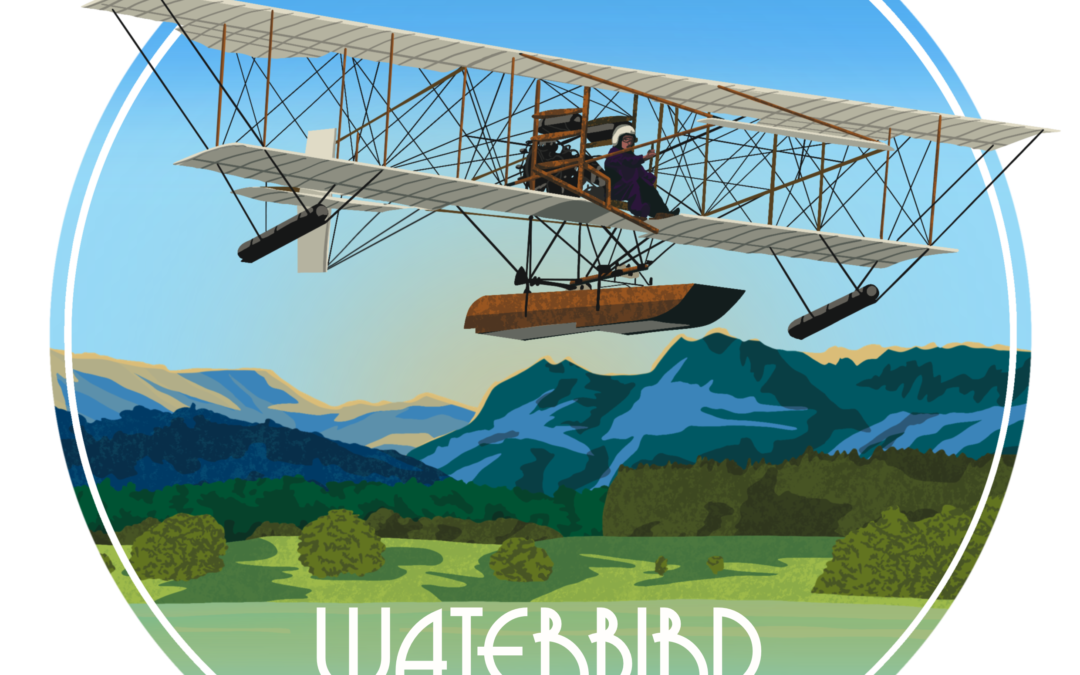To commemorate the centenary of the Battle of the Somme, here is the story of a pilot named Donald Macaskie, who qualified for his Aviator’s Certificate at Windermere.
Donald Stuart Calthorpe Macaskie (1896 – 1987), born at Headingley, Yorkshire, of The Red House, Laleham, Middlesex, had been apprenticed in 1913 to the Blériot works at Brooklands (where Waterbird was tested by Avro in 1911). On the outbreak of World War 1, he joined the Royal Naval Air Service, being posted to Calshot, then under the command of Flight Commander Arthur Longmore (later Air Chief Marshal Sir), one of the 4 officers selected for the first flying course at Eastchurch in 1911 and who had test-flown Waterbird for the Admiralty on 20 January 1912. He was advised by Longmore to obtain his ‘ticket’ at a civilian school and then apply for a commission so as to have the cost of the tuition refunded.
Macaskie’s pilot training was on seaplanes from the beginning. His first flight was at Calshot on 2 October 1914, and at Windermere on 29 January 1915.
On 24 September 1915, Macaskie obtained his Royal Aero Club Hydro-aeroplane Certificate having passed his tests on Waterhen at Windermere.
Having transferred to the Royal Flying Corps, as a Second Lieutenant in 23 Squadron, he was posted to France.
Wounded in his right leg and arm following a Fight with Fokker, he was forced down behind enemy lines whilst flying an F.E.2b over the Somme on 20 July 1916, when he lost his right leg.
Reported as ‘Missing’, then as ‘Prisoner of War’, following internment he was repatriated via Berne through the Red Cross and ultimately able to complete his log book entry.
He was commissioned as a Lieutenant in the Royal Air Force from 1 April 1918.
His log books, aviator’s certificate and letters have survived.

